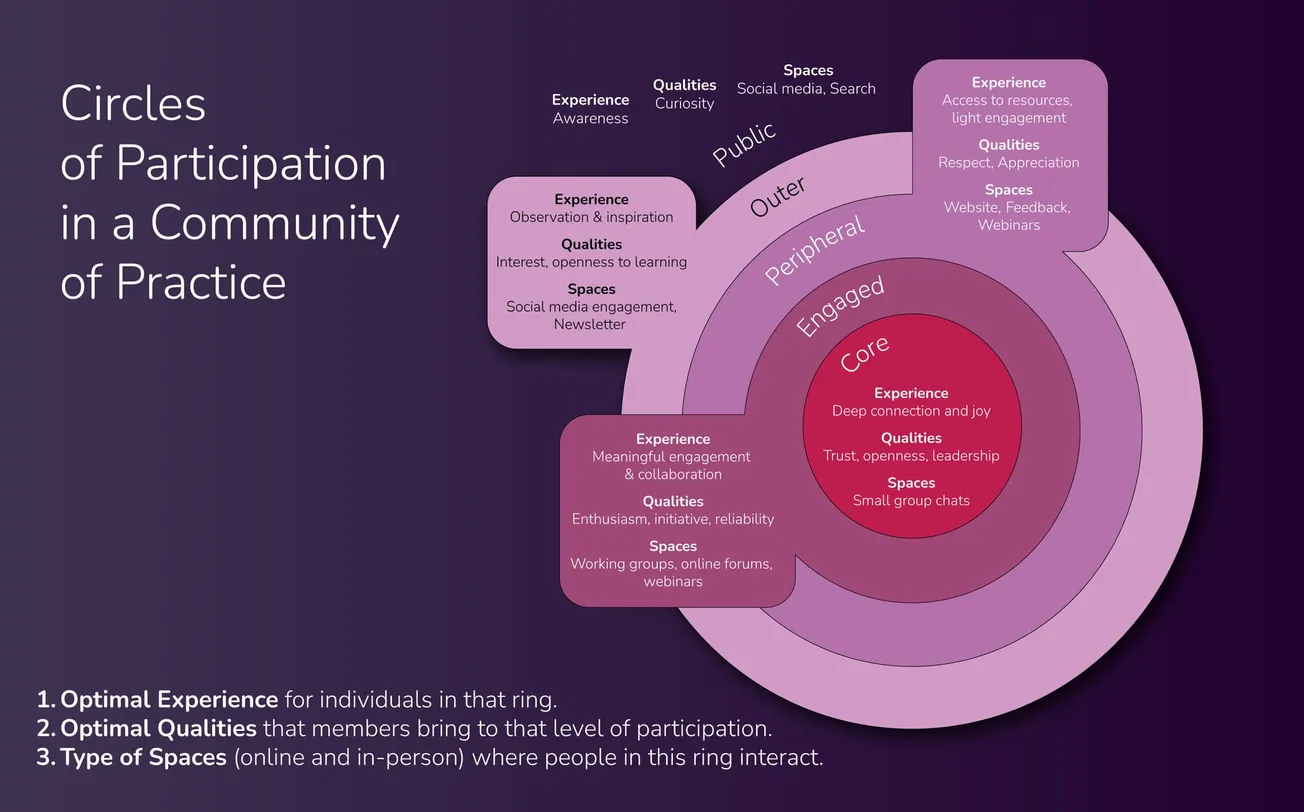Table of Contents
Climate change presents us with an urgent challenge that requires action on multiple fronts. Two primary strategies—mitigation and adaptation—often emerge as focal points in this discussion. While adaptation is the focus of this piece, it’s crucial to begin by understanding its connection to mitigation. These two approaches are not competing; rather, they complement each other and are essential for a comprehensive response to climate change.
Mitigation involves reducing or preventing greenhouse gas (GHG) emissions to slow global warming. Rooted in agreements like the Kyoto Protocol, its goal is to tackle the root causes of climate change through measures such as transitioning to renewable energy and enhancing carbon sequestration. Adaptation, in contrast, focuses on adjusting systems and practices to withstand the impacts of climate change (UNFCCC). It emphasizes localized and regional solutions that address the immediate needs of communities facing the effects of climate change.
Understanding adaptation in conjunction with mitigation is essential because the two approaches are inherently interconnected. For example, restoring wetlands serves both as a mitigation measure (sequestering carbon) and an adaptation strategy (reducing flood risks). When viewed together, adaptation and mitigation provide a holistic framework for building resilience and tackling climate challenges. However, for this discussion, I want to focus on adaptation—its significance, challenges, and opportunities.
The Critical Role of Adaptation
Adaptation ensures survival and resilience in a changing climate, especially for vulnerable communities already experiencing the consequences of global warming. Anthropogenic climate change has led to impacts that are unavoidable—rising sea levels, extreme weather events, and ecosystem disruptions (NASA). While mitigation aims to prevent future harm, adaptation addresses the immediate need to cope with current and inevitable changes.
Adaptation is particularly vital for communities with limited capacity to implement large-scale mitigation measures. It emphasizes equity, ensuring that those who are most affected by climate change—often with the least resources—are equipped to endure and recover from its impacts.
Yet, adaptation often receives less attention and funding compared to mitigation. For example, in Canada, mitigation initiatives dominate climate action funding, reflecting the perception that addressing root causes is more impactful (Canadian Climate Institute). However, adaptation is just as critical, especially as the climate impacts we face today intensify.
Adaptation Through My Lens
For me, adaptation is not just a professional interest—it’s a personal conviction. With my background in environmental engineering and climate science, I have developed the skills to design and implement adaptation strategies that help communities prepare for and recover from climate-related challenges.
Moreover, I am part of a network of professionals who have dedicated years to advancing adaptation initiatives. This network allows me to collaborate, learn, and connect people to drive impactful solutions. My role involves analyzing climate risks, designing solutions, and advocating for adaptation as an indispensable part of our response to climate change.
The Importance of an Adaptation Community
Adaptation is more than technical solutions—it is a collective effort involving individuals, communities, and policymakers. Effective adaptation strategies must incorporate local knowledge, address systemic inequities, and emphasize community-driven solutions.
As climate challenges grow, it’s crucial to ask: What does adaptation mean to you? How can you contribute to this emerging community? Whether through personal actions, professional initiatives, or policy advocacy, we all have a role in building resilience.
Adaptation is not just about surviving the impacts of climate change—it’s about seizing the opportunity to build a more sustainable and equitable future. Let’s embrace it together.





